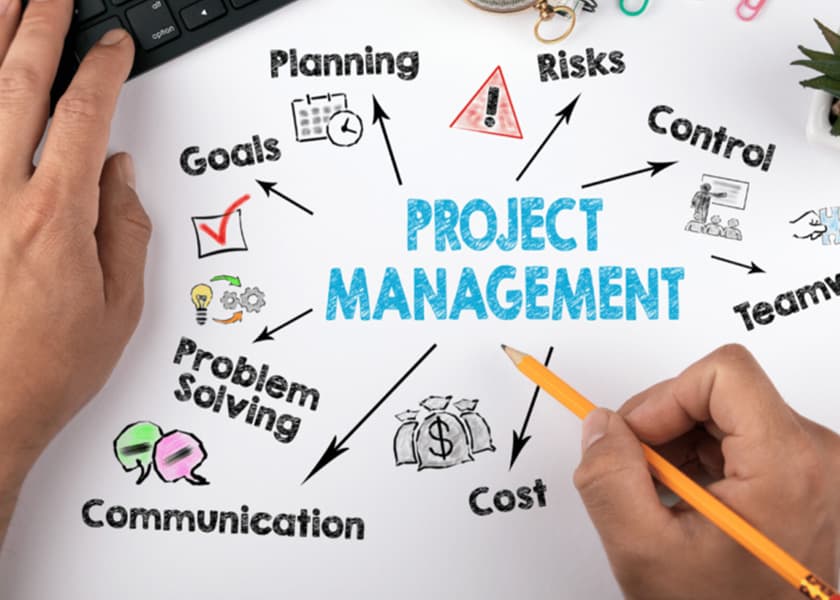
Today’s topic would share some methodologies of project managements.
- Waterfall
- Agile
- Scrum
- Kanban
- Lean
- Six Sigma
- Lean Six Sigma
Waterfall
Waterfall is a traditional methodology in which tasks and phases are completed in a linear, sequential manner, and each stage of the project must be completed before the next begins. The project manager is responsible for prioritizing and assigning tasks to team members. In Waterfall, the criteria used to measure quality is clearly defined at the beginning of the project.
Agile
Agile involves short phases of collaborative, iterative work with frequent testing and regularly-implemented improvements. Some phases and tasks happen at the same time as others. In Agile projects, teams share responsibility for managing their own work. Scrum and Kanban are examples of Agile frameworks, which are specific development approaches based on the Agile philosophy.
Scrum
Scrum is an Agile framework that focuses on developing, delivering, and sustaining complex projects and products through collaboration, accountability, and an iterative process. Work is completed by small, cross-functional teams led by a Scrum Master and is divided into short Sprints with a set list of deliverables.
Kanban
Kanban is both an Agile approach and a tool that provides visual feedback about the status of the work in progress through the use of Kanban boards or charts. With Kanban, project managers use sticky notes or note cards on a physical or digital Kanban board to represent the team’s tasks with categories like “To do,” “In progress,” and “Done.”
Lean
Lean uses the 5S quality tool to eliminate eight areas of waste, save money, improve quality, and streamline processes. Lean’s principles state that you can do more with less by addressing dysfunctions that create waste. Lean implements a Kanban scheduling system to manage production.
Six Sigma
Six Sigma involves reducing variations by ensuring that quality processes are followed every time. The Six Sigma method follows a process-improvement approach called DMAIC, which stands for define, measure, analyze, improve, and control.
Lean Six Sigma
Lean Six Sigma is a combination of Lean and Six Sigma approaches. It is often used in projects that aim to save money, improve quality, and move through processes quickly. Lean Six Sigma is also ideal for solving complex or high-risk problems. The 5S quality tool, the DMAIC process, and the use of Kanban boards are all components of this approach.
Above methodologies could be used in different scenarios in project management. You can use multiple methods at the same time as well. The final goal of project management is to proceed the schedule efficiently, deliver the timeline on time and have relative minimum cost during the process.
Hope the sharing helps you in your career path.